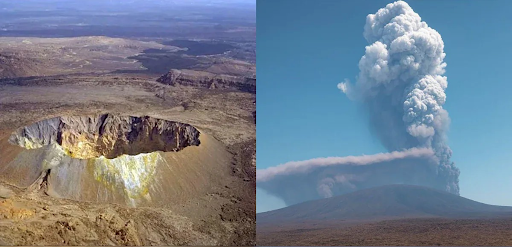





Copyright infringement not intended
Picture Courtesy: https://www.livescience.com/space/astronomy/a-new-star-could-appear-in-the-sky-any-night-now-heres-how-to-see-the-blaze-star-ignite
Context: The upcoming spectacle of the Blaze Star, also known as T Coronae Borealis (T CrB), is an exciting astronomical event that promises to captivate skygazers.
Key Highlights
Source:
|
PRACTICE QUESTION Q. T Coronae Borealis is nicknamed "The Blaze Star." What does the term "nova" in recurrent nova refer to? A) A massive star explosion that destroys the star. B) A type of very large and hot star. C) A new star that appears briefly in the night sky. D) A cloud of gas and dust surrounding a young star. Answer: C |







© 2025 iasgyan. All right reserved